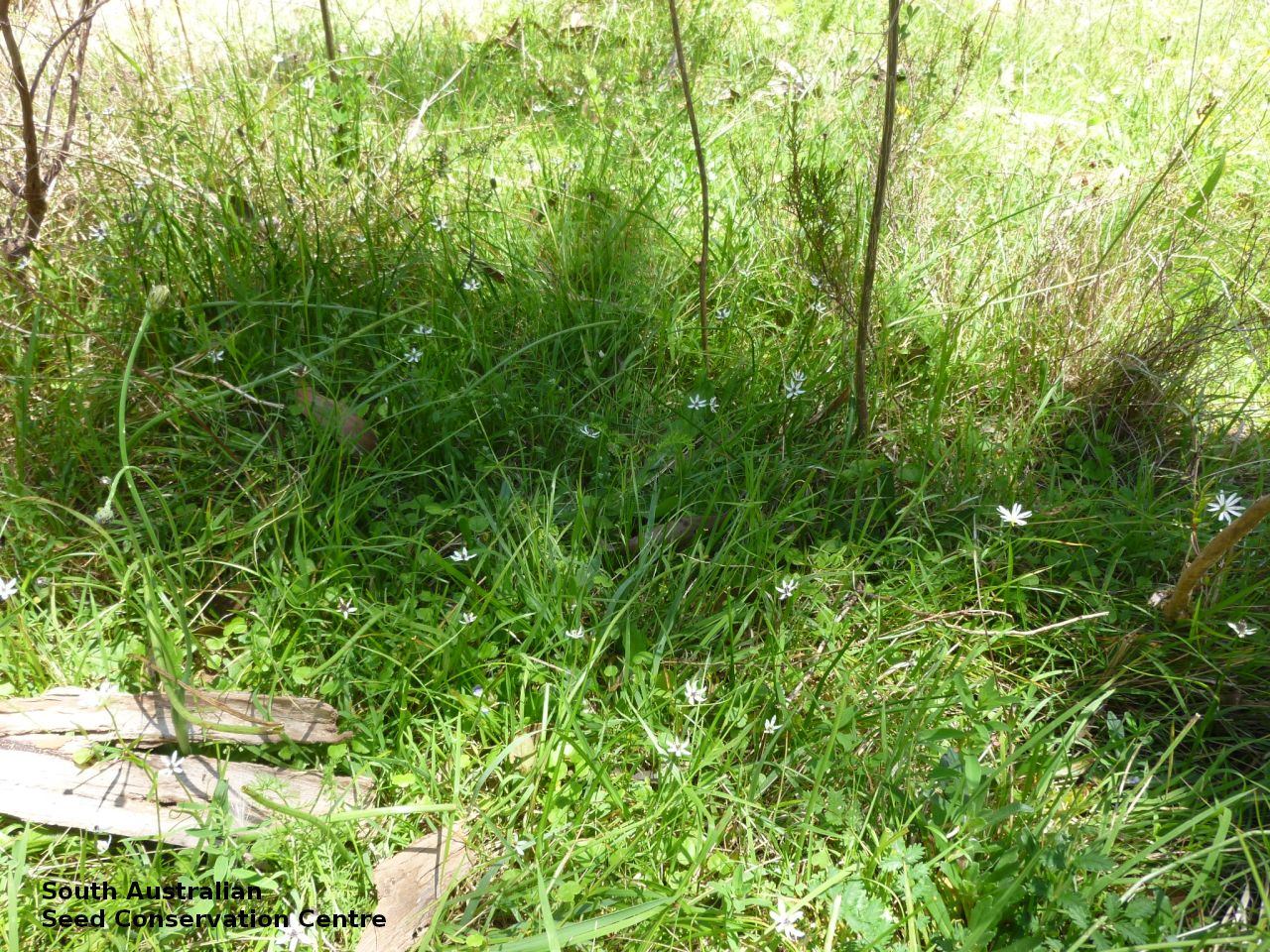
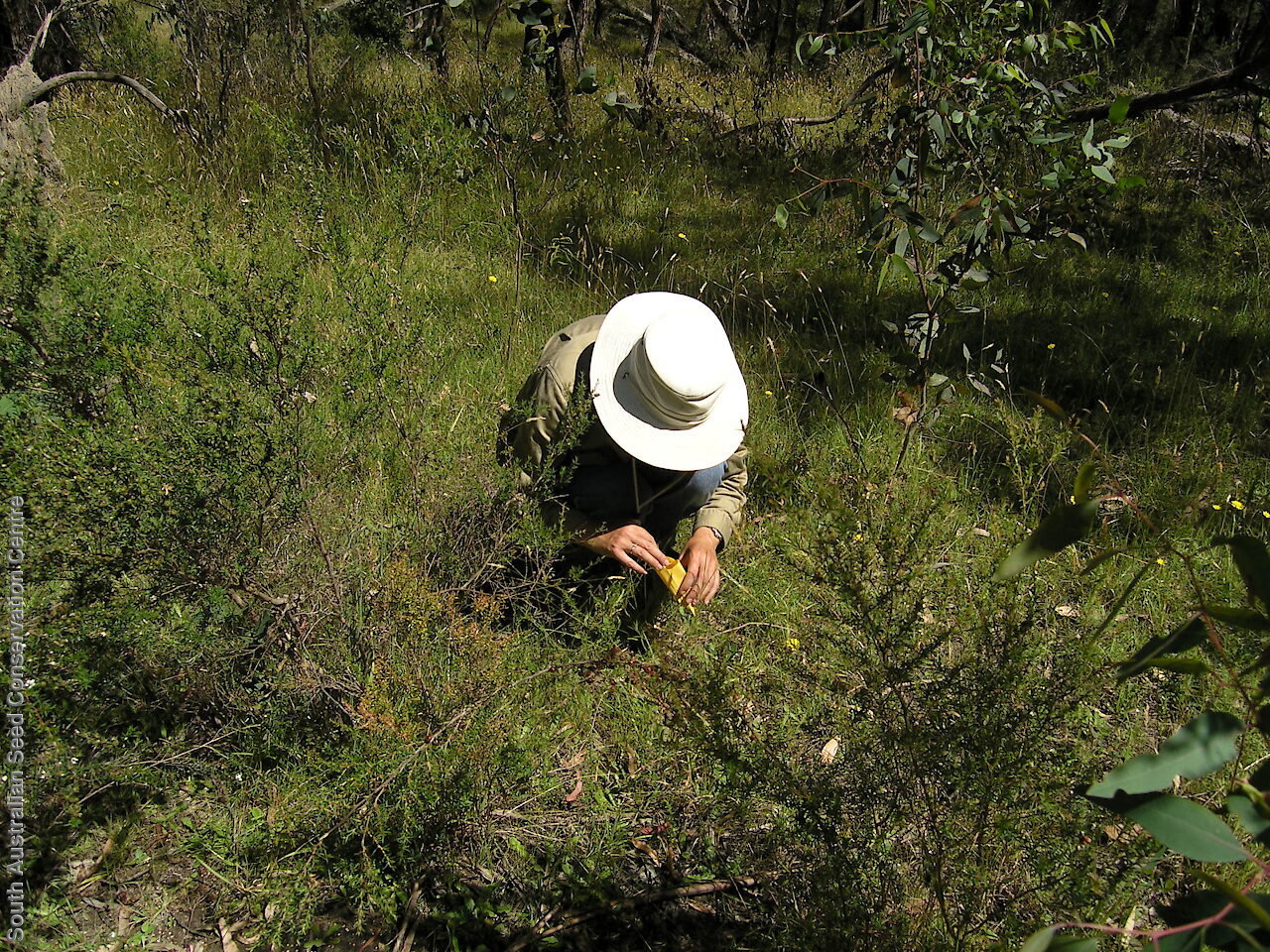
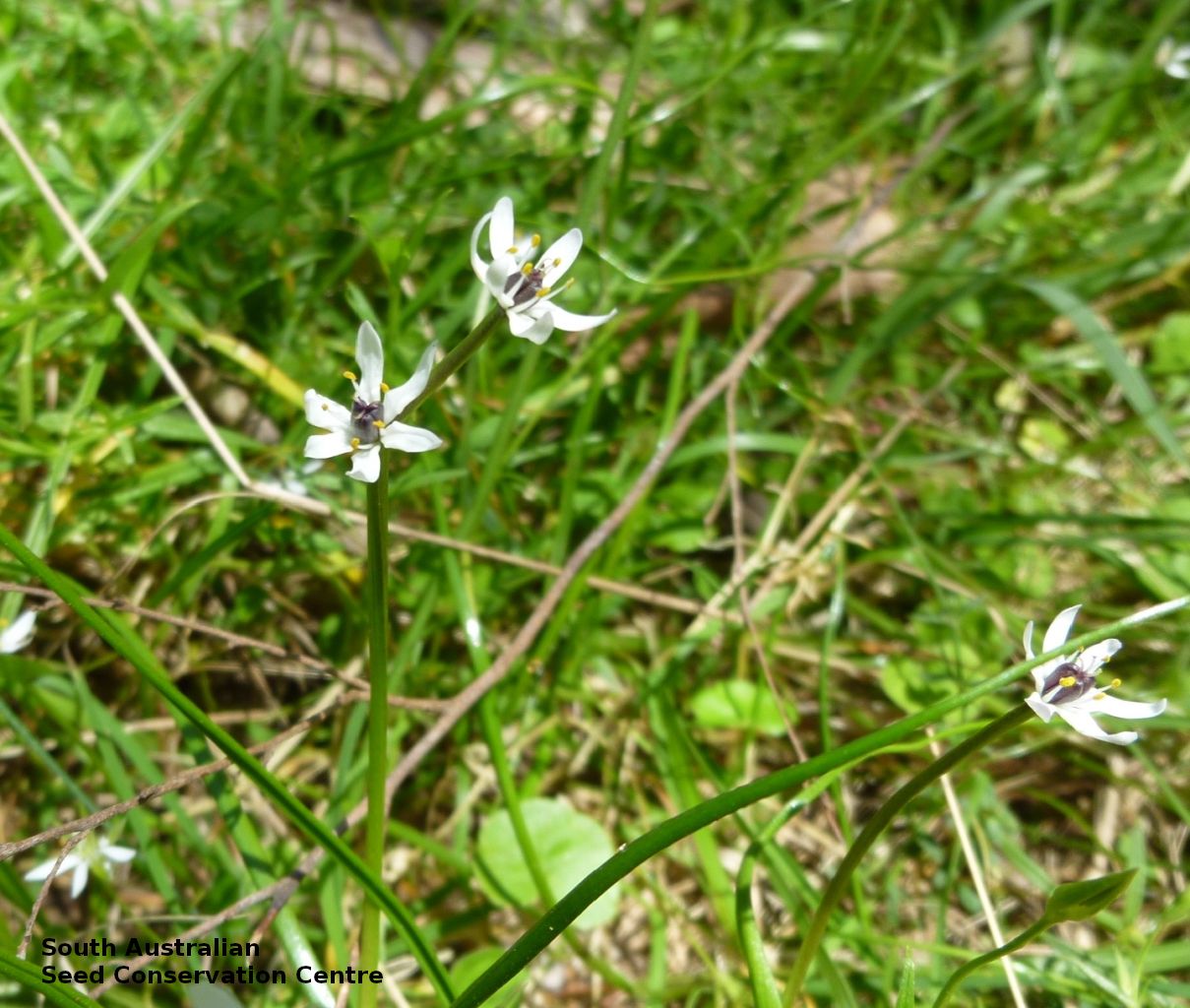
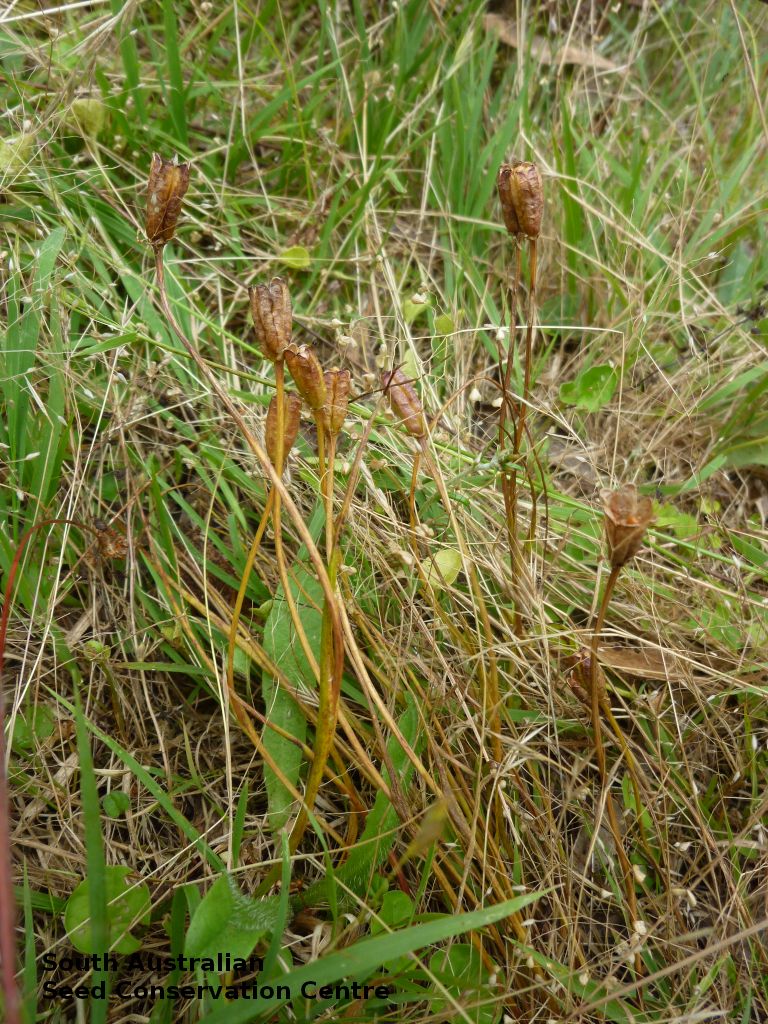
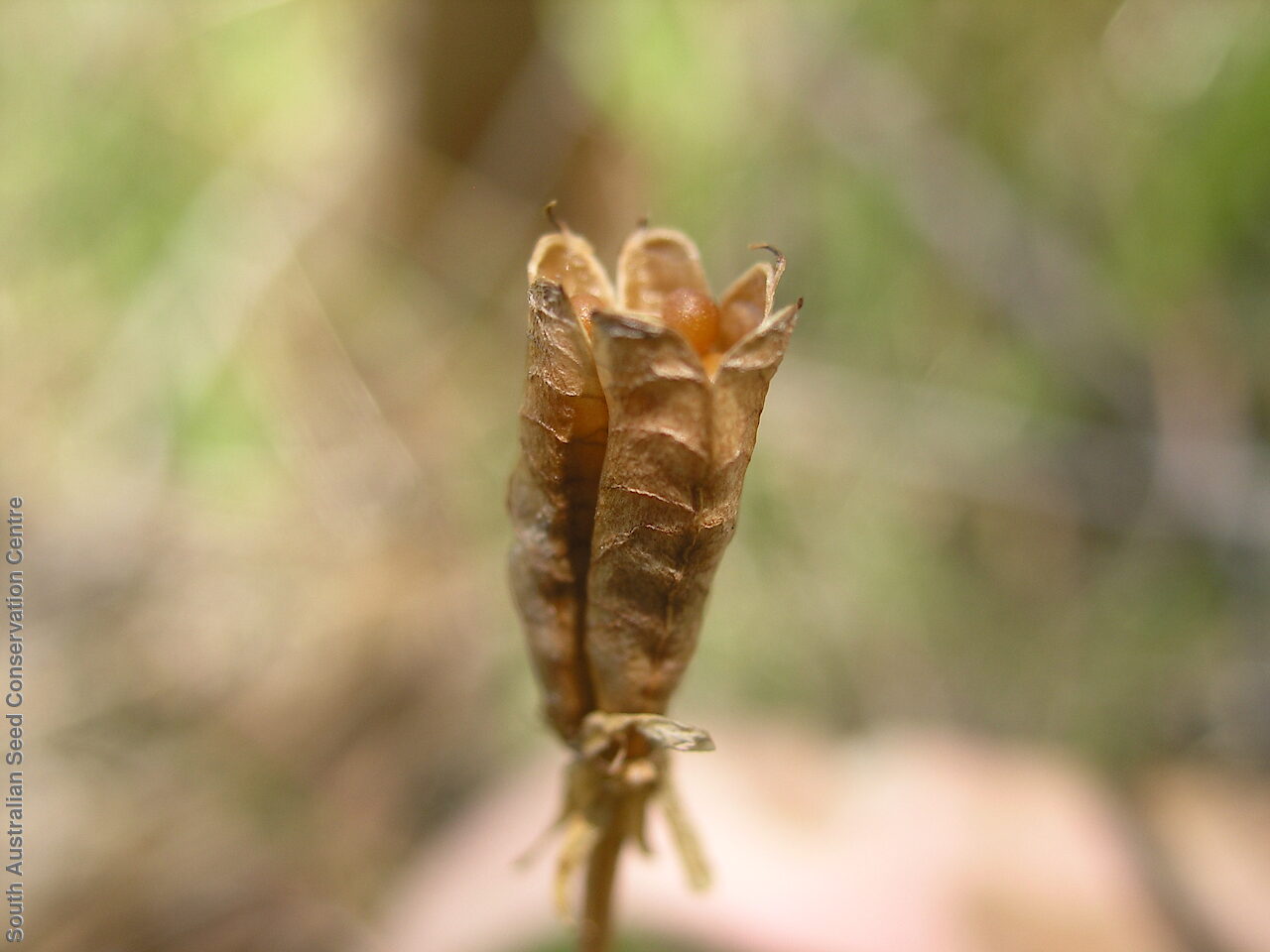
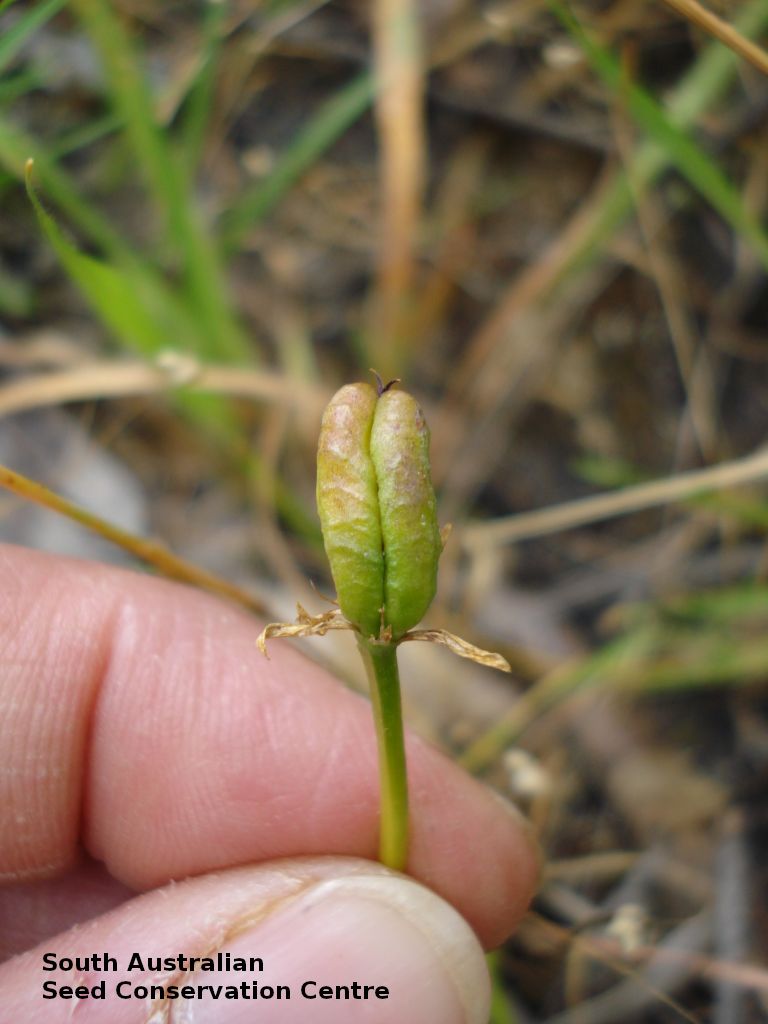
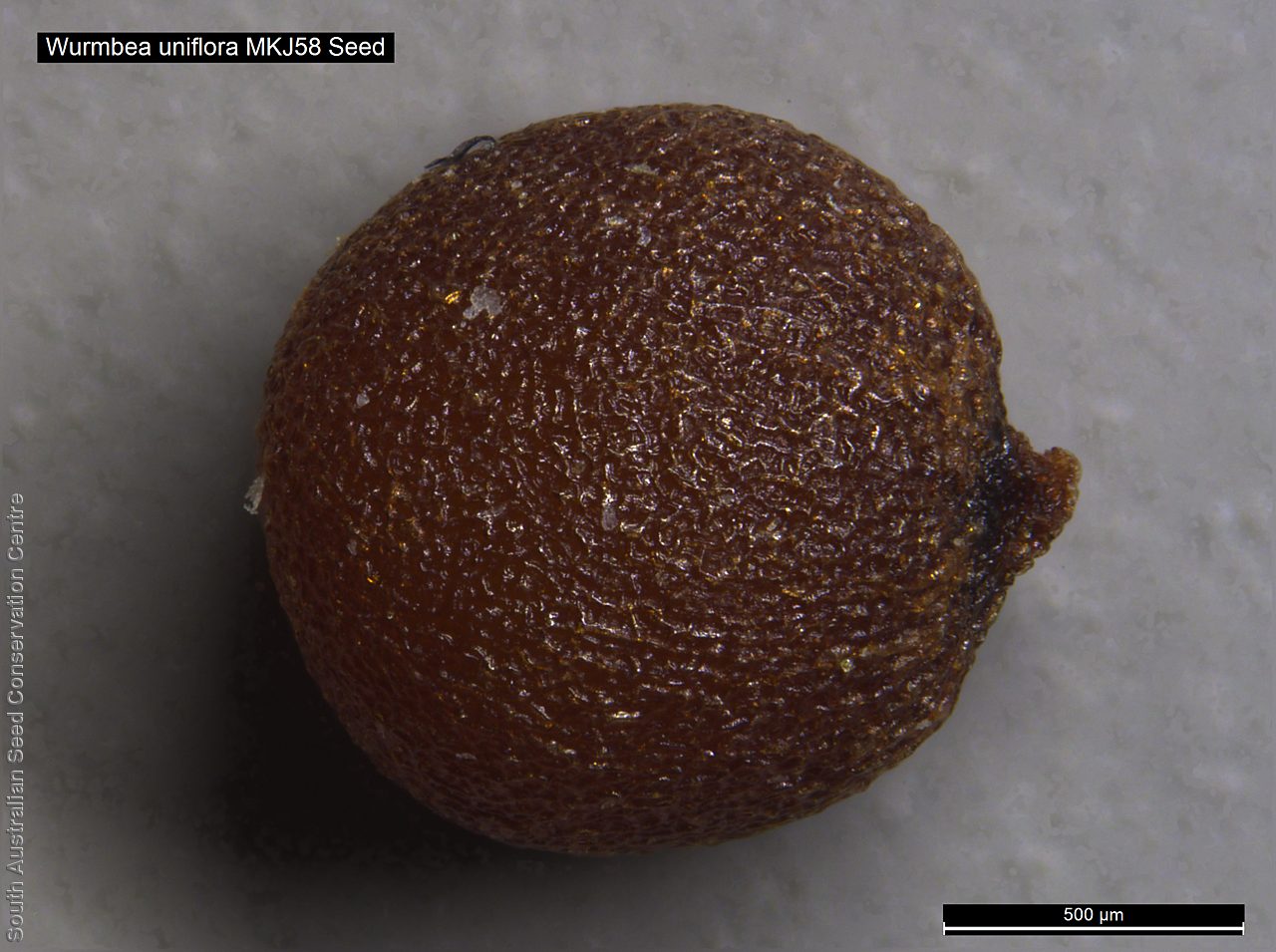
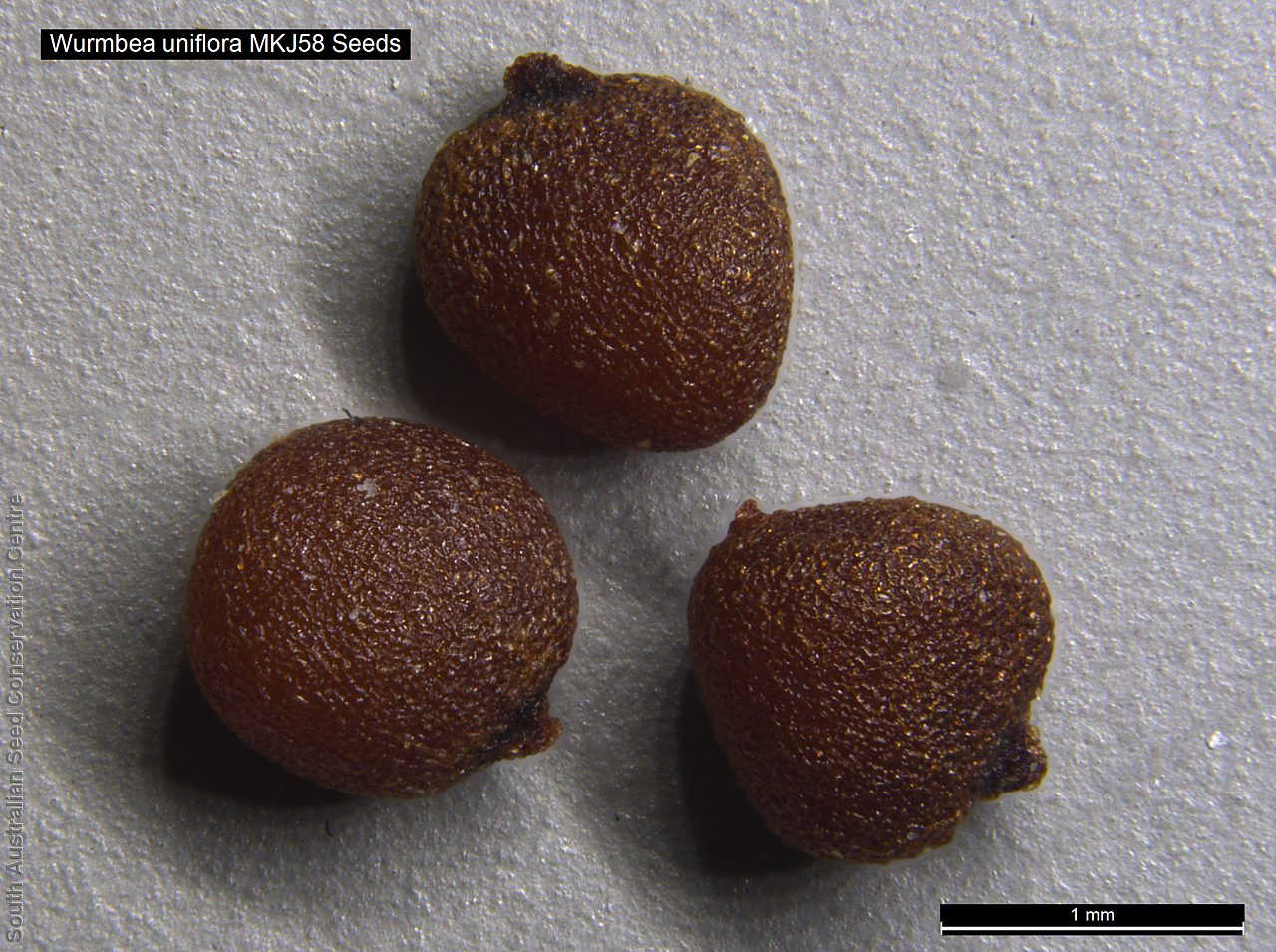
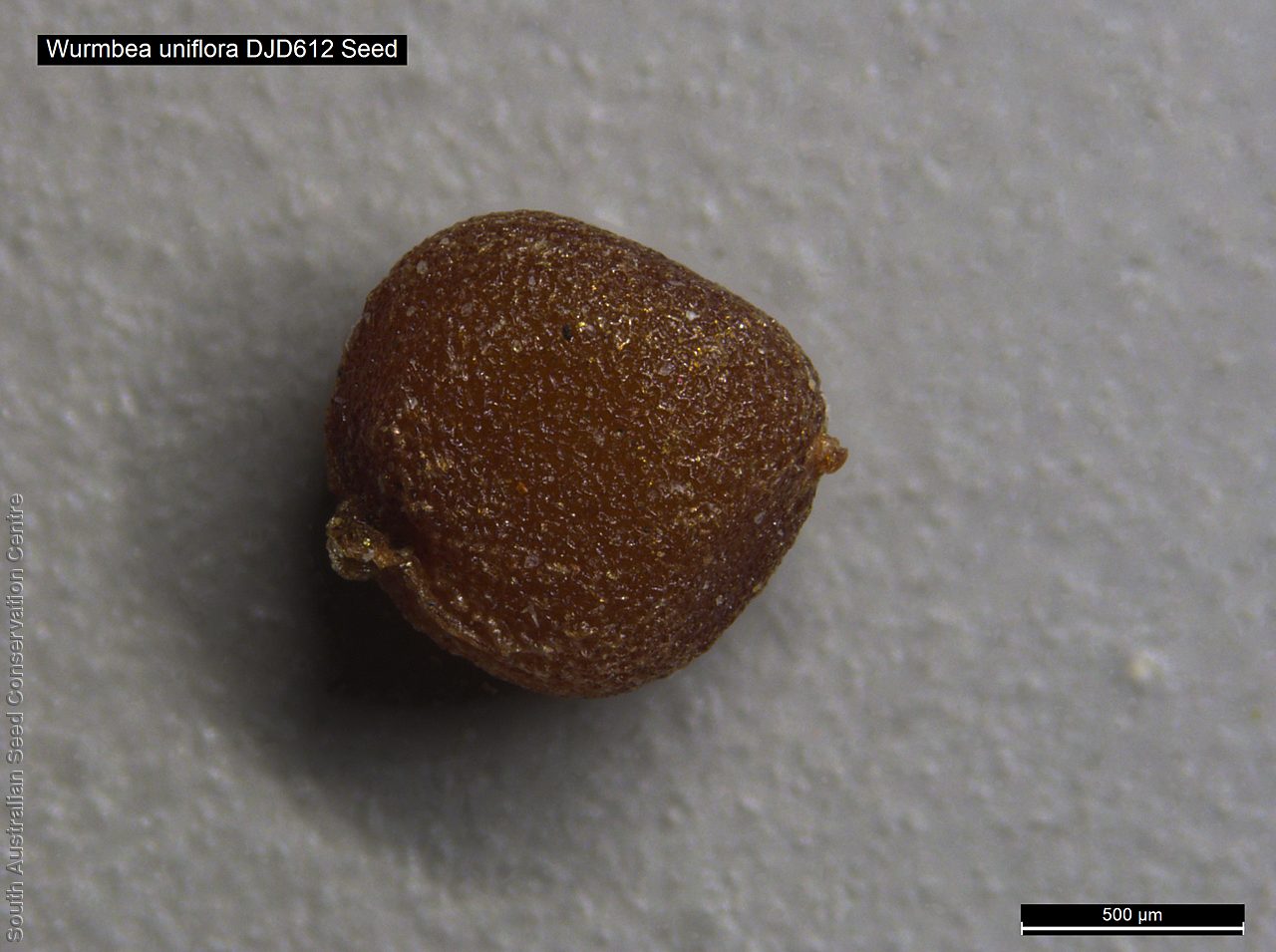
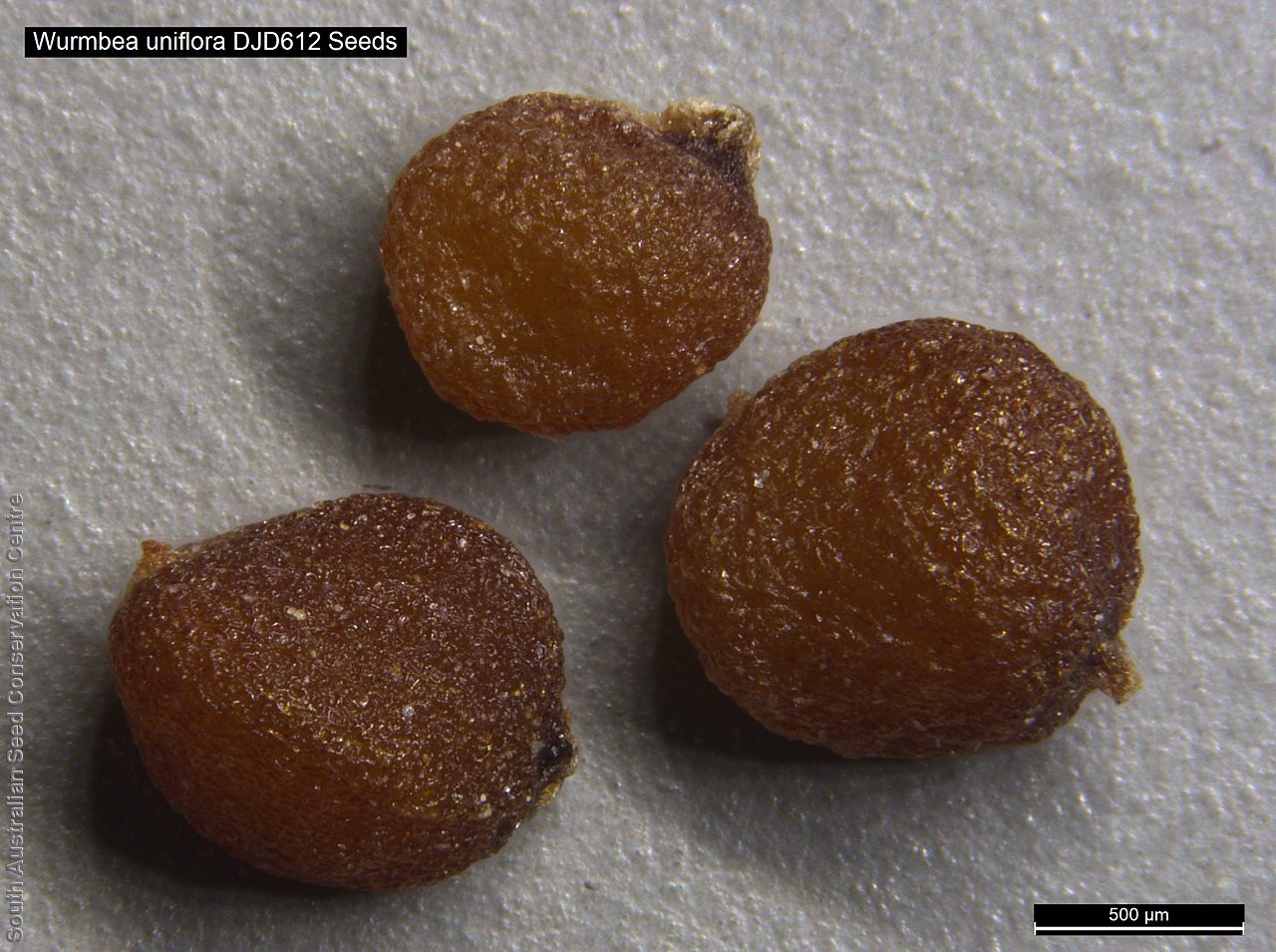
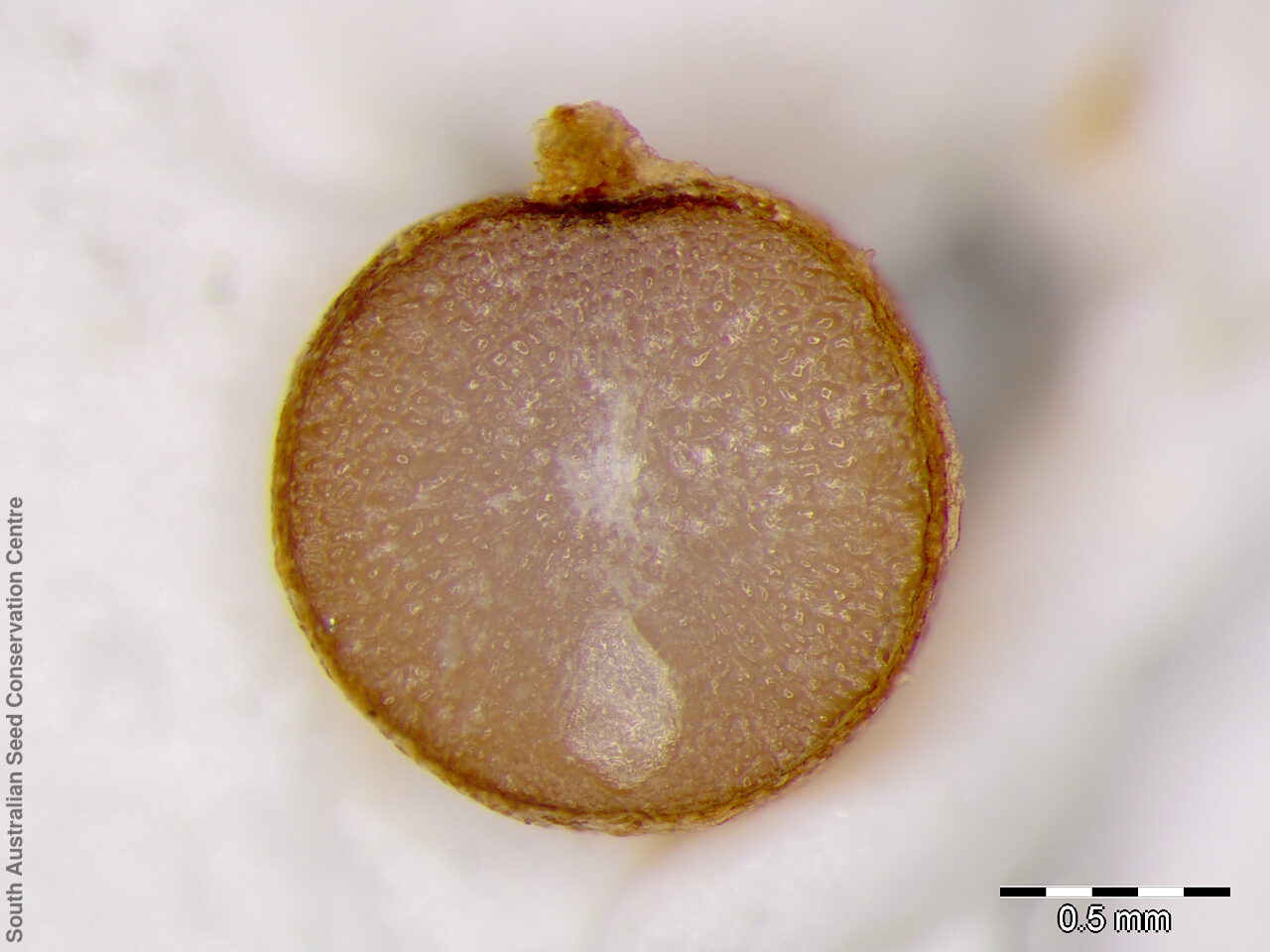
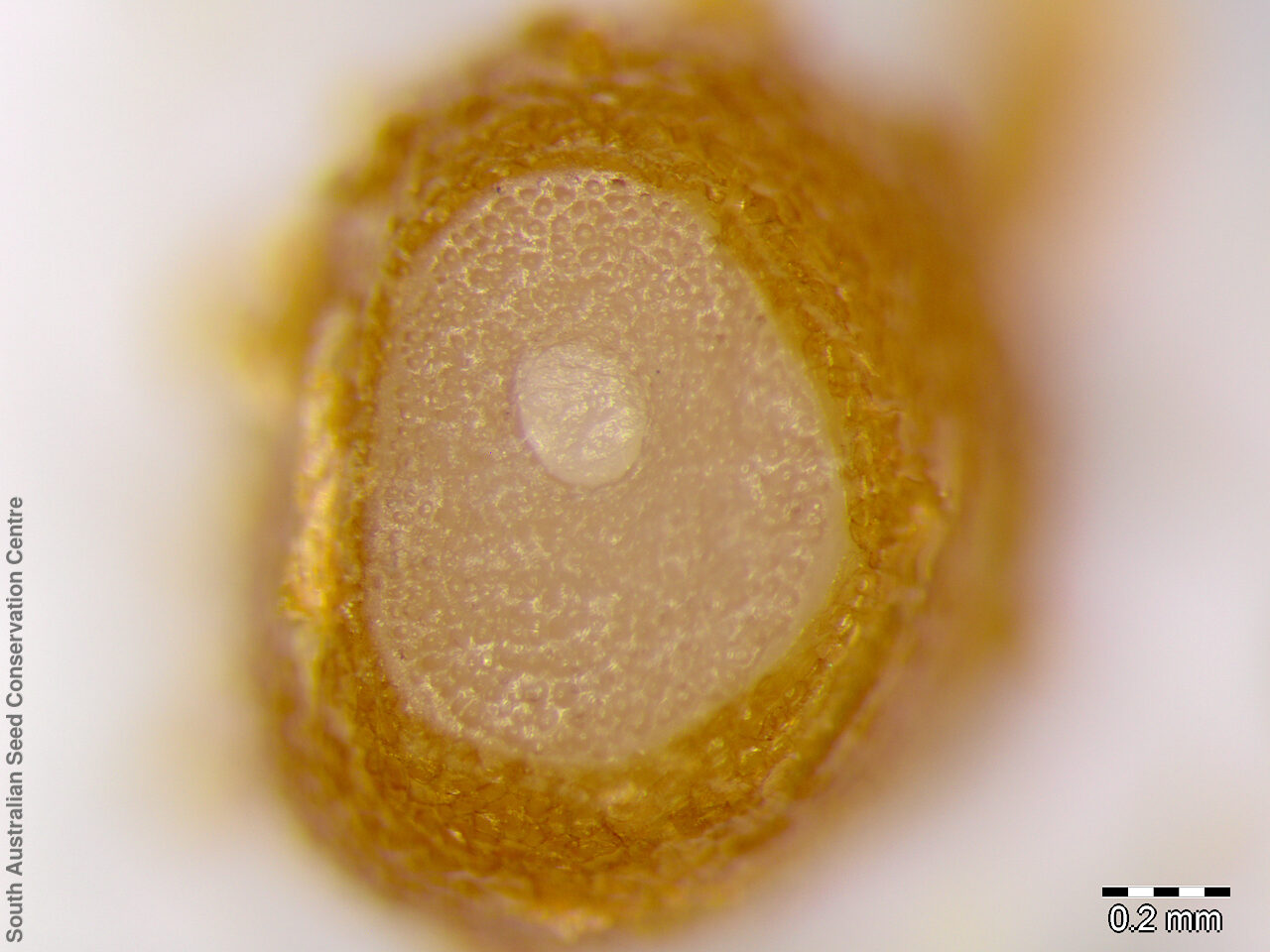
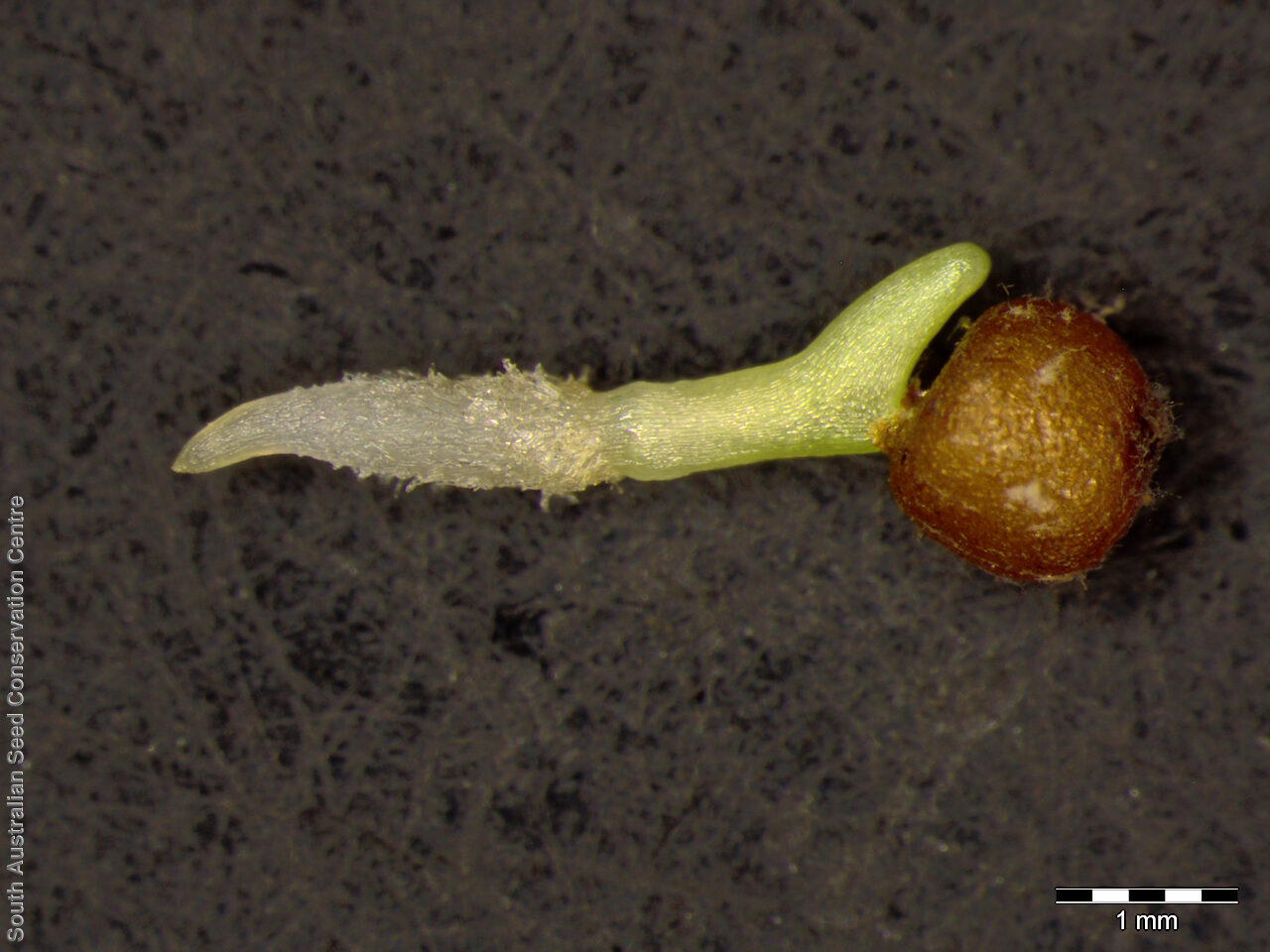


Botanical art
Prior names
Anguillaria uniflora
Common names
Single-flower Star-lily
One-flower Nancy
Etymology
Wurmbea name after Christoph Carl Friedrich von Wurmb (1742–1782), merchant and botanist in 18th century Batavia (Jakarta). Uniflora from the Latin 'unus' meaning one and 'floris' meaning flower.
Distribution and status
Known from one location in South Australia in the southern Mount Lofty Ranges with an old collection from the lower South-east, growing in fertile moist loam in grassy woodland. Also found in New South Wales, Victoria and Tasmania. Native. Very rare in South Australia. Rare in New South Wales. Uncommon in Victoria. Common in Tasmania.
Herbarium regions: Southern Lofty, South Eastern, Green Adelaide
NRM regions: Adelaide and Mount Lofty Ranges, South East
AVH map: SA distribution map (external link)
Plant description
Small herb to 14 cm tall. Leaves 3, well spaced, lowest one narrow-linear, to 10 cm long and 2 mm broad, not dilated at base, middle one shorter, filiform or narrow-linear, dilated at base, uppermost one much shorter with markedly dilated base and a short to long acuminate apex, attached well below inflorescence. Inflorescence usually single, rarely 2, tiny white hermaphrodite flower, faintly purple tinged with age. Nectaries 2 per segment, well separated, stamens greater than half length of tepals, anthers yellow. Flowering between September to January. Fruits are brown papery ovoid capsule to 1 cm long containing many seeds. Seeds are orange brown globular seed to 1.5 mm diameter. Seed embryo type is linear under-developed.
Seed collection and propagation
Collect seeds between November and January. Collect mature capsules, those turning pale straw colour and containing hard brown seeds. Place the capsules in a tray and leave to dry for two weeks. Then rub the capsules gently by hand to dislodge the seeds. Use a sieve to separate the unwanted material. Store the seeds with a desiccant such as dried silica beads or dry rice, in an air tight container in a cool and dry place. Seed viability is high for this species.
| Location | No. of seeds (weight grams) | Number of plants | Date collected | Collection number Collection location | Date stored | % Viability | Storage temperature |
|---|---|---|---|---|---|---|---|
| BGA MSB | 6,200 (7.2 g) 6,200 (7.2 g) | 100 | 22-Dec-2004 | MKJ58 Southern Lofty | 28-Mar-2006 | 100% | +5°C, -18°C |
| BGA | 1,700 (1.67 g) | 1-Dec-2006 | DJD612 Southern Lofty | 1-Aug-2007 | 90% | -18°C | |
| BGA | 12,700 (14.9 g) | 100+ | 4-Dec-2007 | TST248 Southern Lofty | 20-Jul-2009 | 100% | +5°C, -18°C |
| BGA | 12,000 (15.68 g) | 100+ | 4-Dec-2007 | TST260 Southern Lofty | 20-Jul-2009 | 100% | +5°C, -18°C |
| BGA | 4,100 (5.38 g) | 1-Nov-2007 | T.Jury Southern Lofty | 1-Jan-2012 | +5°C, -18°C | ||
| BGA | 12,300 (17.25 g) | 12-Dec-2011 | JRG14 Southern Lofty | 2-May-2017 | 100% | +5°C, -18°C, -80°C | |
| BGA | 670 (0.54 g) | 20-Nov-2008 | PJA185 Southern Lofty | 2-May-2017 | 94% | -18°C | |
| BGA | 180 (0.26 g) | 20+ | 2-Feb-2017 | Mt Bold Southern Lofty | 1-Nov-2017 | N/C | -18°C |
| BGA | 17,300 (27.828 g) | 100+ | 8-Dec-2021 | DJD4058 Southern Lofty | 7-Jul-2022 | 100% | -18°C, -80°C |
Number of plants: This is the number of plants from which the seeds were collected.
Collection location: The Herbarium of South Australia's region name.
% Viability: Percentage of filled healthy seeds determined by a cut test or x-ray.